Throughout history, they have woven themselves into the fabric of human existence, touching our lives in myriad ways. Beyond being beloved pets, they have played pivotal roles in extraordinary stories and legends, their unwavering loyalty and courage etching tales of heroism and devotion into the annals of history.
From 15th century France to modern Japan, let's explore some of the many fascinating dog legends and stories from around the world.
Black dog (England)
The legend of the Black Dog varies across different regions of England, but some common elements persist. This spectral canine is typically described as a large, shaggy, and black-hued beast with fiery eyes and sharp teeth. It is often associated with portending doom or tragedy, appearing as a harbinger of misfortune. Encounters with the Black Dog are said to be chilling, with those who witness it feeling an overwhelming sense of dread and foreboding.
The Black Dog legend is particularly prominent in areas like Dartmoor, where it is known as the "Yeth Hound," and in East Anglia, where it's called the "Black Shuck." Local lore and tales of the Black Dog often describe it as an omen, appearing before disasters, accidents, or deaths, like the Mothman in USA.
It seems almost every village and shire in Britain has its own version of this canine folklore. Here is Dorset's version:
Near the town of Lyme Regis in Dorset stood a farmhouse that was haunted by a black dog. This dog never caused any harm, but one night the master of the house in a drunken rage tried to attack it with an iron poker. The dog fled to the attic where it leaped out through the ceiling, and when the master struck the spot where the dog vanished he discovered a hidden cache of gold and silver. The dog was never again seen indoors, but to this day it continues to haunt at midnight a lane which leads to the house called Haye Lane (or Dog Lane). Dogs who are allowed to stray in this area late at night have often mysteriously disappeared.
And from London:
The Black Dog of Newgate has been said to haunt the Newgate Prison for over 400 years, appearing before executions. According to legend, in 1596 a scholar was sent to the prison for witchcraft, but was killed and eaten by starving prisoners before he was given a trial. The dog was said to appear soon after, and although the terrified men killed their guards and escaped, the beast is said to have hunted them down and killed them wherever they fled
Balto (United States)
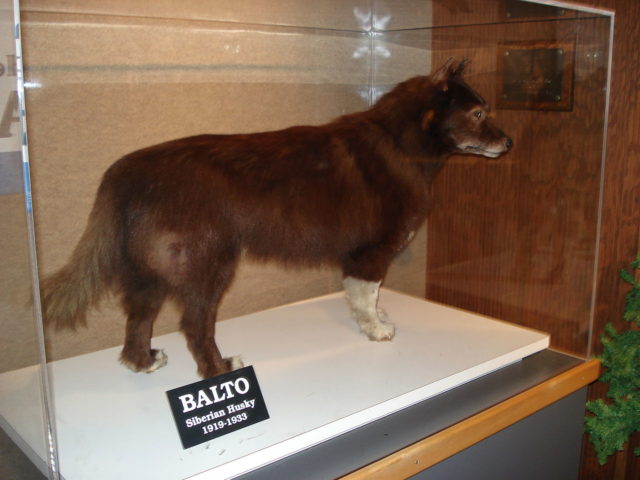
The backdrop of this very real story was the remote town of Nome, Alaska, which was gripped by a deadly diphtheria outbreak. The town's only hope lay in the delivery of a life-saving diphtheria antitoxin serum from Anchorage, a perilous 674-mile journey across frozen terrain. The heroic mission to transport the serum was assigned to a relay of mushers and their sled dog teams. Balto was among these valiant canines.
The event was later made into a popular 1995 animated film called Balto, which told a somewhat fictionalized version of events. In reality, the main sled driver had to drop out due to exhaustion and Balto took over, completing the last 53 miles through a blizzard. He arrived in Nome just in time with the medicine and is credited with saving many lives.
A statue of Balto now stands in Central Park in New York City, and every year there is a ceremonial reenactment of the historic journey known as the Iditarod Trail Sled Dog Race.
Gelert (Wales)
The legend of Gelert is from Beddgelert (means "Gelert's Grave") in Gwynedd, north-west Wales and is said to have taken place in medieval times. In the legend, Llywelyn the Great returns from hunting to find his baby missing, the cradle overturned, and his dog, Gelert, with blood all over his mouth.
Believing Gelert had killed the baby, Llywelyn draws his sword and kills the whimpering dog in rage.
After the dog's dying yelp, Llywelyn hears the cries of his baby. He was alive after all, and unharmed under the cradle, along with a dead wolf. The wolf had attacked the child and been killed by Gelert, which was the cause for the blood around his mouth.
The legend says that Llywelyn is overcome with remorse and buries the dog with great ceremony, but can still hear its dying yelp. After that day, Llywelyn never smiles again.
You can visit the alleged place of Gelert's grave, marked by a statue, in Beddgelert, but it is believed to have been created by an 18th-century innkeeper to boost the tourist trade.
Hachiko and Ueno Station (Japan)
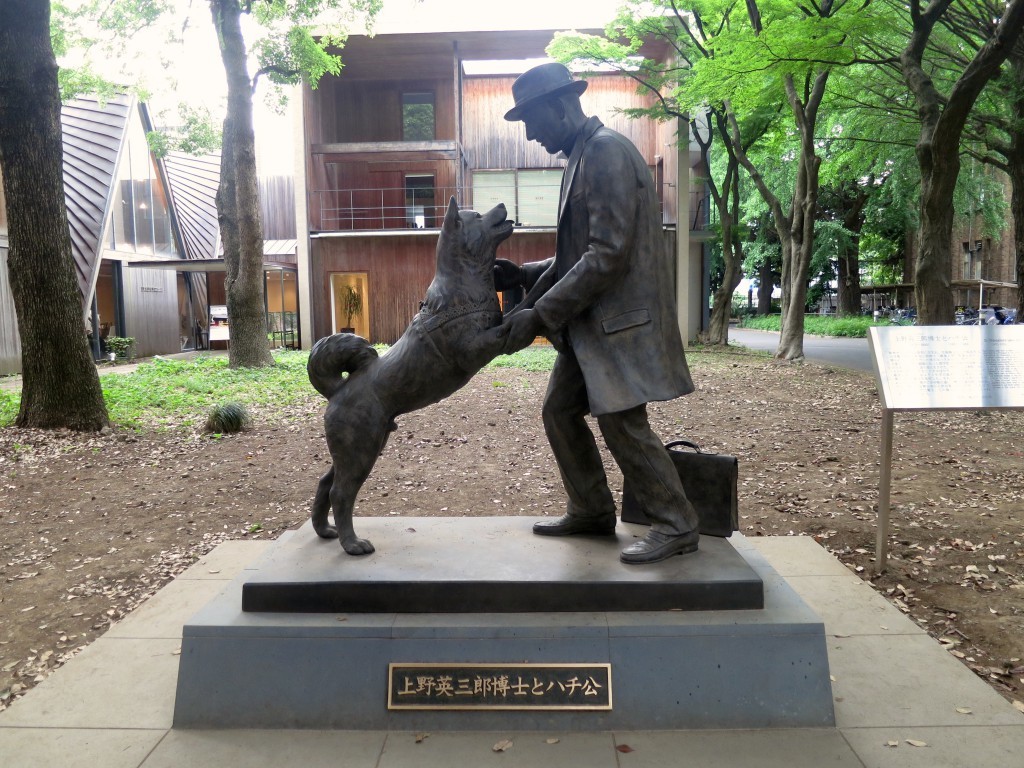
Hachiko was an Akita Inu who lived in Japan in the early 1900s. Every day, he would accompany his owner, Professor Hidesaburo Ueno, to Shibuya station, where the professor would catch his train to work. Hachiko would then wait at the station until his owner returned on the train in the evening. This routine continued for nearly a year, until Professor Ueno did not return on the train one day.
He had suffered a stroke at work and died. Despite this, Hachiko continued to wait for his owner at the station every day for nine years. The dog became a symbol of loyalty and faithfulness in Japan, and his story continues to be told even today.
Hollywood made a film about Hachiko starring Richard Gere called Hachi: A Dog's Tale. It is based on true events but does take some liberties with the story (for example making Hachiko an American Akita rather than Japanese). There is also a bronze statue of Hachiko at Shibuya station, which has become a popular tourist attraction.
The Dog of Montargis (France)
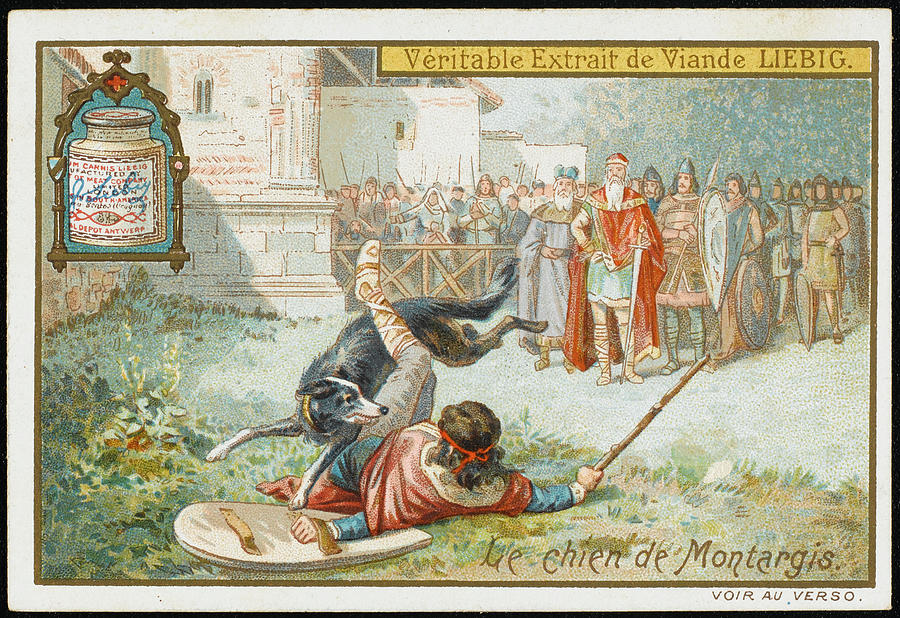
This legend from 15th-century Montargis, France revolves around the courtier Aubry de Montdidier, who served King Charles V. Aubry met a tragic fate, as he was murdered in a forest near Montargis by a jealous knight named Robert Macaire.
After Aubry's untimely death, his faithful dog displayed unwavering hostility towards Macaire to the point where it raised suspicions. Eventually King Charles decided to decree a trial by combat to resolve the matter, pitting Montdidier's loyal dog against Macaire, who was armed only with a cudgel.
The dog emerged victorious in the battle, and Macaire confessed to the crime. He was subsequently hanged.
This remarkable tale of canine loyalty and justice has been commemorated through statues and stained glass windows in Montargis and even inspired 19th-century melodramas, leaving a lasting legacy in French folklore.
Greyfriars Bobby (Scotland)
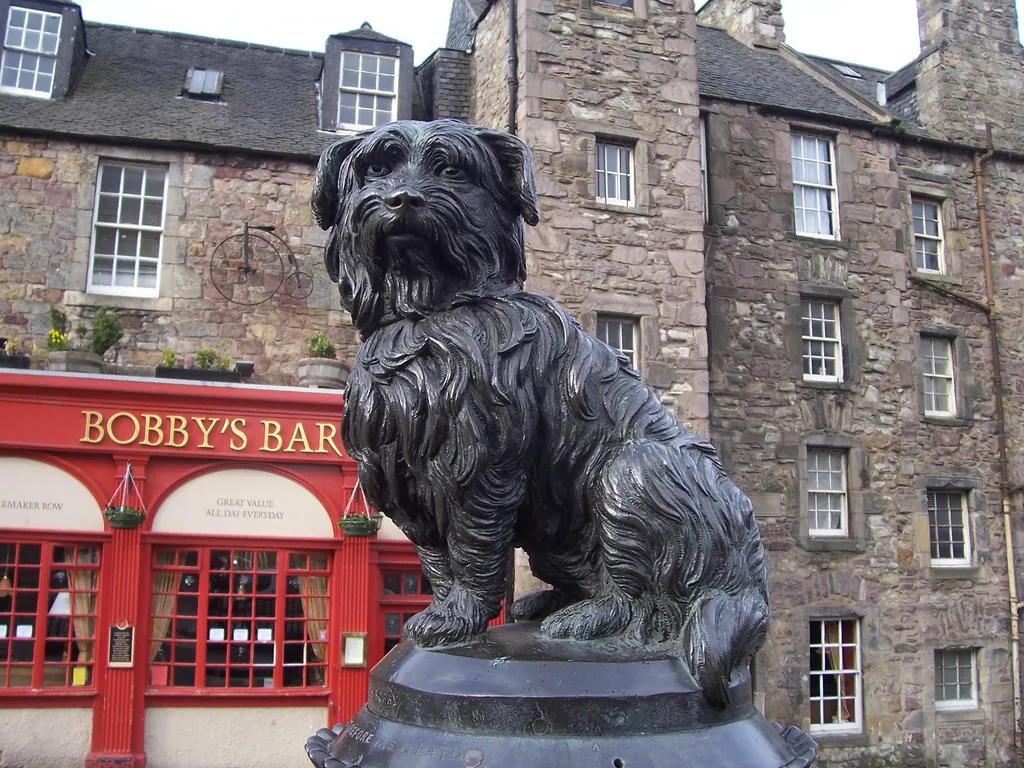
Greyfriars Bobby is one of Edinburgh's most famous residents – not least because he was a dog! Also, this story is about a real dog, not just a legend. Greyfriars Bobby was a Skye Terrier who became famous in 19th-century Edinburgh for supposedly spending 14 years guarding the grave of his owner until he died himself in 1872.
The story goes that John Gray, a night watchman, died of tuberculosis and was buried in Greyfriars Kirkyard (cemetery). His loyal dog, Bobby, refused to leave his master's side and stayed by the grave day and night for the next 14 years -- until he too passed away. The local community took pity on him and provided food and water bowls which can still be seen outside the gate to this day.
There is even a statue of Bobby in Greyfriars Kirkyard commemorating his loyalty to his owner. A film was made about Bobby's life starring Richard Widmark as John Gray and Donald Sinden as Bobby himself back in 1961. In 2018, another film called "Greyfriars Bobby: The True Story" starred Shauna Macdonald as John Gray's wife Janet. It is definitely worth checking out if you are interested in this heartwarming tale!
Do you have a favorite dog legend or story? Share it with us in the comments below!
 Tip Your Landlord Shirt $21.68 |
 UFOs Are A Psyop Shirt $21.68 |
 Tip Your Landlord Shirt $21.68 |

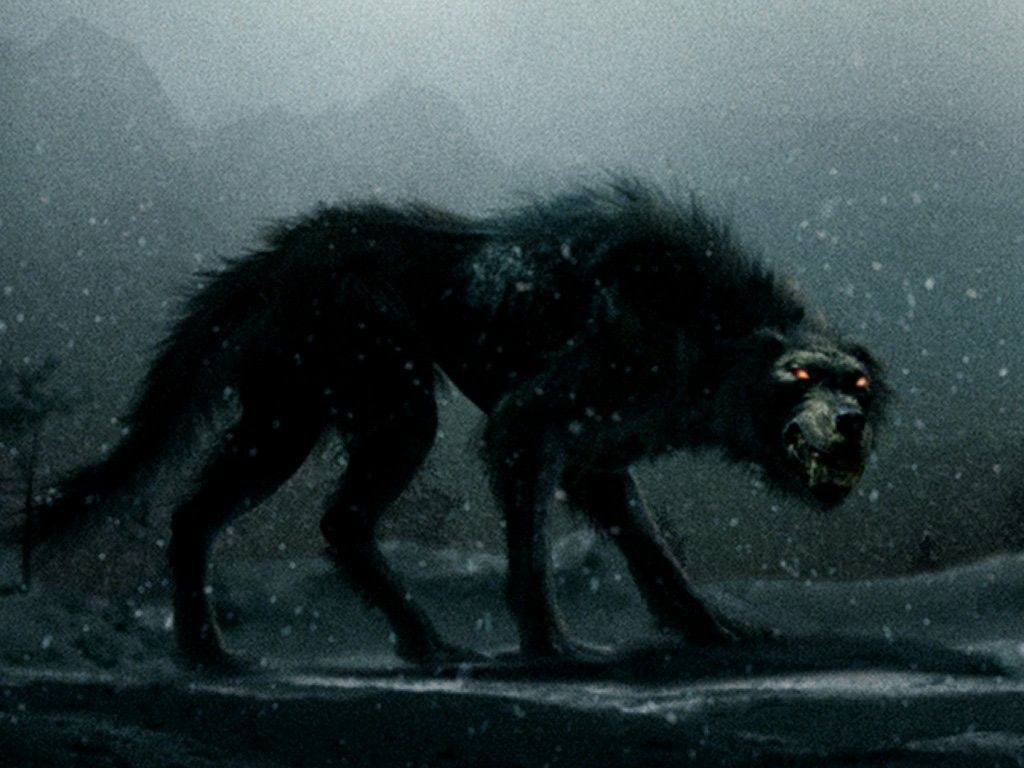
More history content pls